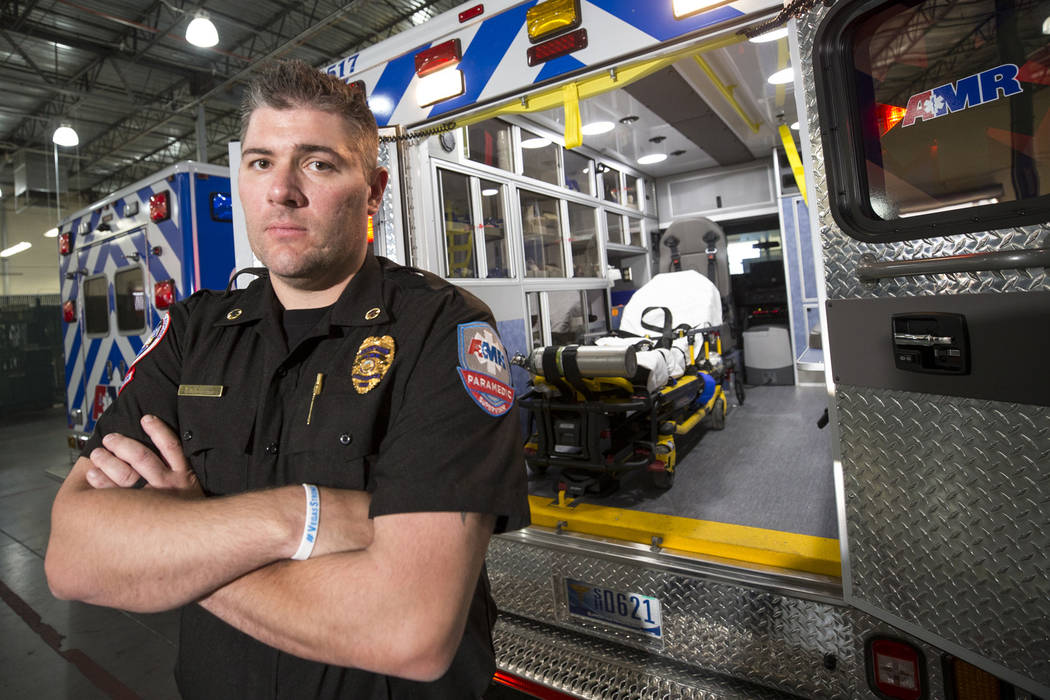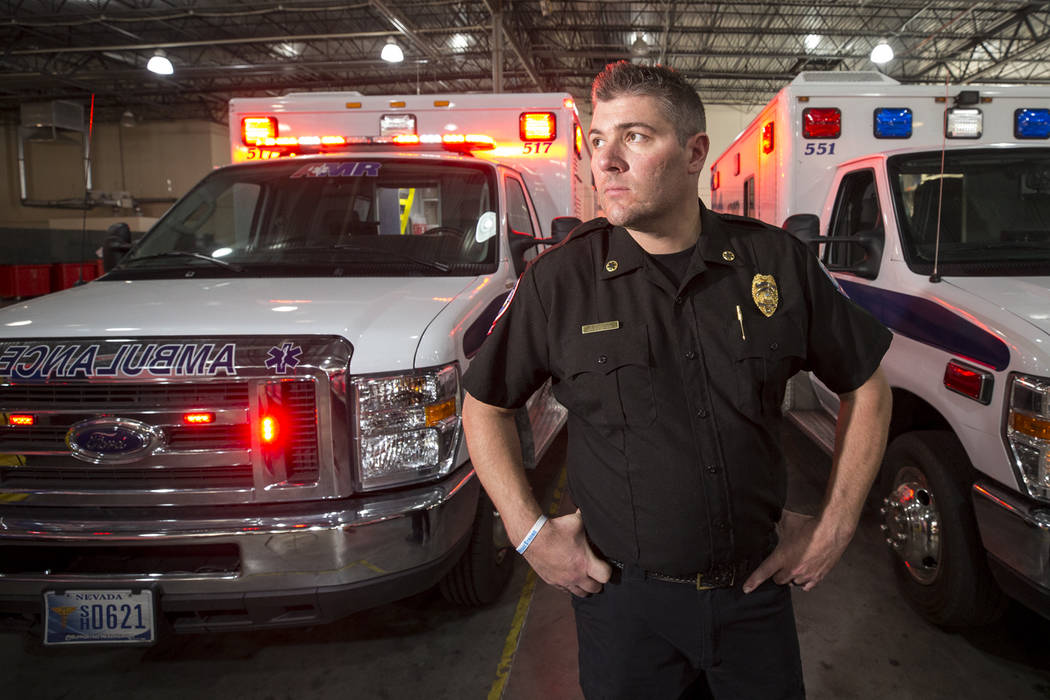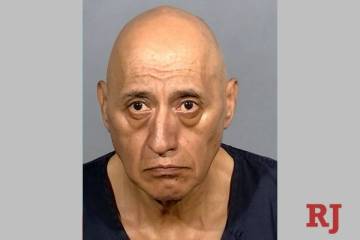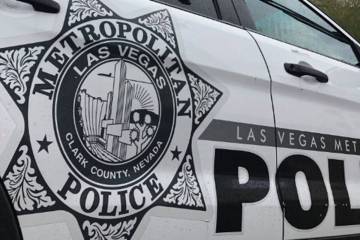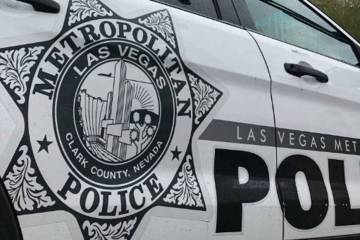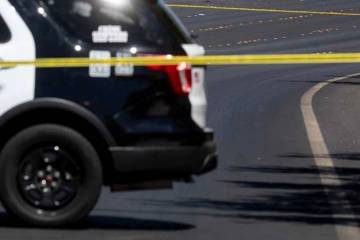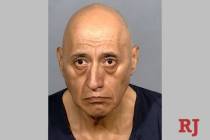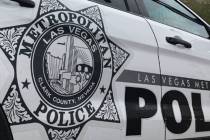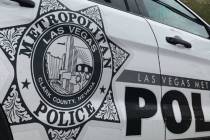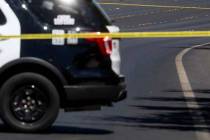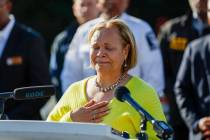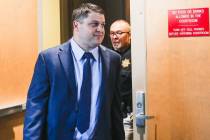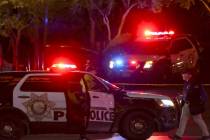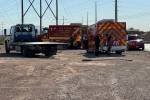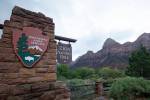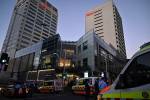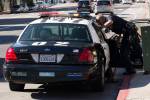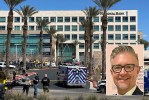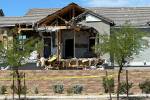3 disasters in 3 months for Las Vegas paramedic
When disaster strikes, Las Vegas’ American Medical Response paramedics have two hours to pack up and hit the road.
“Every operations manager across the U.S. gets sent a message saying, ‘Hey, we’re getting ready for a FEMA deployment,’” government and community affairs manger Damon Schilling explained. And then it’s go-time.
Las Vegas’ AMR branch is among the first called to respond to a FEMA incident, like a hurricane or wildfires. Its paramedics were also among hundreds of first responders called to the scene of the Oct. 1 Route 91 Harvest festival shooting, which left 58 dead and 549 injured.
And a select few, including AMR operations supervisor and paramedic Brett Dragun, have done it all.
In the last three months alone, Dragun responded to Hurricane Harvey in Texas in August, the shooting on Oct. 1 and the California wildfires.
“It’s kind of draining,” he said. “Being on the emergency response team, you’re always on standby. Right now, I’m sitting here, but my bags are packed. This time of year, you always stay on edge just kind of waiting.”
AMR in Las Vegas has six teams of about 30 employees who volunteer to be part of the traveling brigade that drives cross-country to save lives. The help cuts local responders some slack while they deal with the personal effects of disaster.
“Can you imagine having to be at work running calls on people, knowing your house is going to be destroyed?” Schilling said in reference to Hurricane Harvey’s cleanup efforts. “It took a huge chunk out of Houston. They just don’t have the resources alone to take care of that incident.”
In some ways, traveling to California offered Dragun a distraction from talk of the shooting. “It was definitely good from a mental standpoint to step back.”
Still, there are moments from the hours after terror hit the Strip that Dragun won’t forget. He pulled in at 10:16 p.m., just one minute after the Metropolitan Police Department reported the shooting stopped. He saw a man pushing a shot concertgoer in a wheelbarrow down the Strip, and a pickup truck unloading 10 victims with bullet wounds.
“There’s times when it definitely gets to you,” Schilling said. “Most paramedics try to sit there and say it’s part of the job… but every so often, you face that one call, or those couple of calls, and say, ‘I just wasn’t ready for that.’”
There is no “ready” for something like the shooting, Dragun said. Even though Dragun studies the history of emergency response as an American Military University graduate student in homeland security and emergency management, no one incident is the same.
After first responders return from a crisis, AMR makes peer and professional counselors available for debriefing, Schilling said. Therapy dogs stopped by the station after the shooting, Dragun remembered.
Watching television with his wife, Teray, or taking his kids, Lincoln, 4, and Channing, 2, to the park also helps.
And the friendships he forms with colleagues after each disaster deployment is part of what makes the job easier.
“I’ve found myself to be more compassionate, more wanting to do good,” Dragun said.
Contact Jessie Bekker at jbekker@reviewjournal.com or 702-380-4563. Follow @jessiebekks on Twitter.



